Odontoponera transversa
$54.75 – $109.54Price range: $54.75 through $109.54
SKU:
AOTA210
Category: Ants
Tags: ant, Ant Atlas, ant colony, ant on top, antontop, Atlas de hormigas, Atlas Mrówek, Camponotus atriceps, Camponotus cruentatus, Camponotus nicobarensis, Odontoponera transversa, Queen of ants
Worldwide shipping
Free delivery over 999 PLN
The highest quality of goods
Live delivery guarantee
24/7 Personal Support
Fair Prices
Description
Summary: The Odontoponera transversa ant colony is monogynous and can have up to 500 workers. They have a medium development rate. The queen is 9-11mm in size and workers are 8-10mm, both are black in color. They feed on insects and sweet fruit. They require a humidity level of 60-70% in the arena and 60-80% in the nest. The temperature range should be 21-30 °C.
Additional information
| Behavior | |
|---|---|
| Difficulty in breeding | |
| Origin | |
| The size of ants | |
| Wintering |
Description
Odontoponera transversa
Colony Type: Monogyny
Colony Size: Up to 500 workers
Development Speed: low
Size
- Queen: 9-11 mm
- Workers: 8-10 mm
Color: Both the queen and the workers have a distinct black coloration, which helps them blend into their natural habitat.
Nutrition
- Food insects (such as cockroaches and crickets) dead, or live if colony is big
- Syrup (a mixture of water and honey or sugar, with a ratio of 4/3 water:1)
- Fruits and vegetables
- Jelly
- Cooked chicken without salt, shrimps
- Honey
Don’t forget to check out our food products to ensure a well-balanced diet for your colony!
Humidity and Temperature
- Humidity: Arena: 60-70%, Nest: 60-80%
- Temperature: Arena: 21-30 °C, Nest: 24-28 °C
Recommended Nests for breeding
- Acrylic nests
- Ytong nests
- Gypsum
Reviews
Rated 0 out of 5
0 reviews
Rated 5 out of 5
0
Rated 4 out of 5
0
Rated 3 out of 5
0
Rated 2 out of 5
0
Rated 1 out of 5
0
Be the first to review “Odontoponera transversa” Cancel reply
Related products
Anoplolepis gracilipes
Rated 5.00 out of 5
$54.75 – $224.58Price range: $54.75 through $224.58
Select options
This product has multiple variants. The options may be chosen on the product page
Aphaenogaster dulcineae
$16.41 – $41.06Price range: $16.41 through $41.06
Select options
This product has multiple variants. The options may be chosen on the product page
Aphaenogaster schurri
$32.84 – $68.45Price range: $32.84 through $68.45
Select options
This product has multiple variants. The options may be chosen on the product page
Aphaenogaster subterranea
$27.36 – $68.45Price range: $27.36 through $68.45
Select options
This product has multiple variants. The options may be chosen on the product page
Azteca forelii
$136.93 – $227.31Price range: $136.93 through $227.31
Select options
This product has multiple variants. The options may be chosen on the product page
Bestsellers
Messor barbarus
$9.83 – $65.71Price range: $9.83 through $65.71
Select options
This product has multiple variants. The options may be chosen on the product page
Camponotus singularis
$87.62 – $202.66Price range: $87.62 through $202.66
Select options
This product has multiple variants. The options may be chosen on the product page



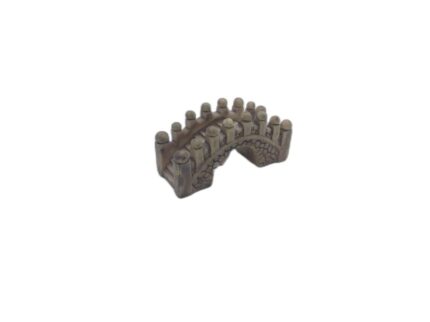
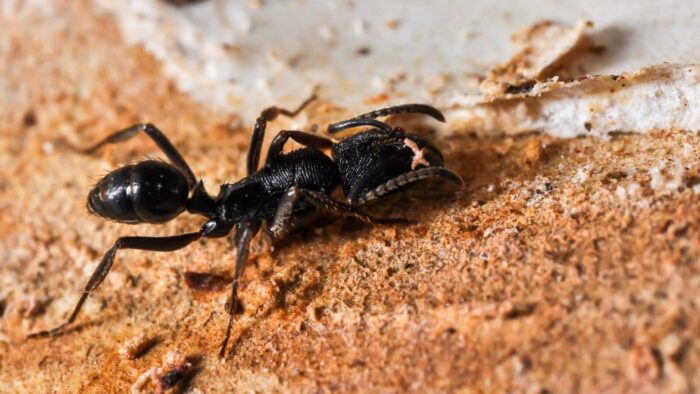



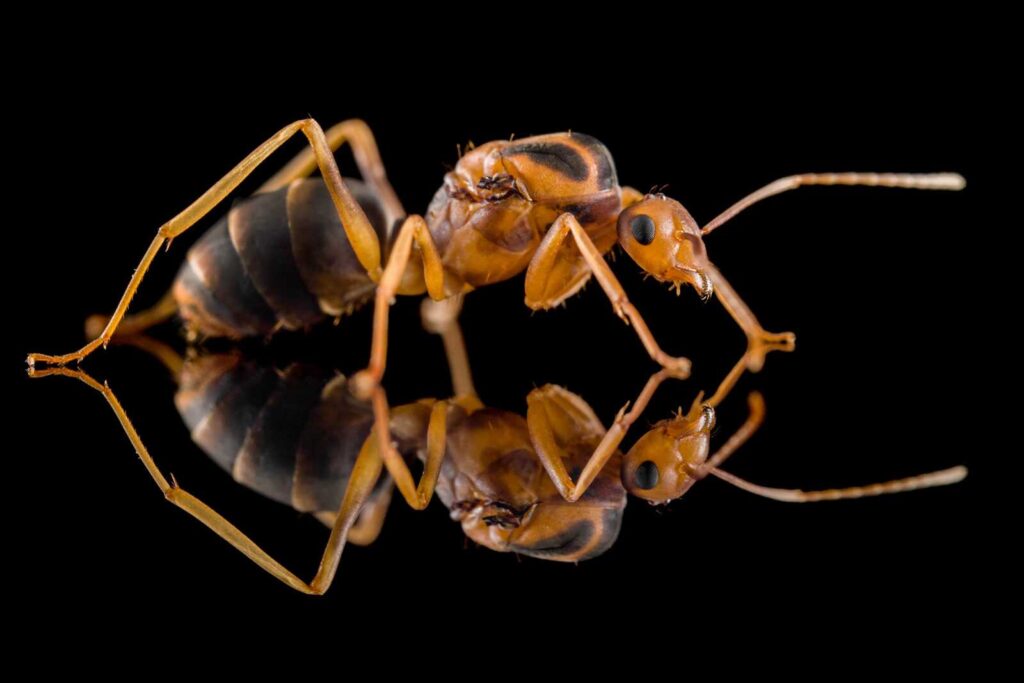
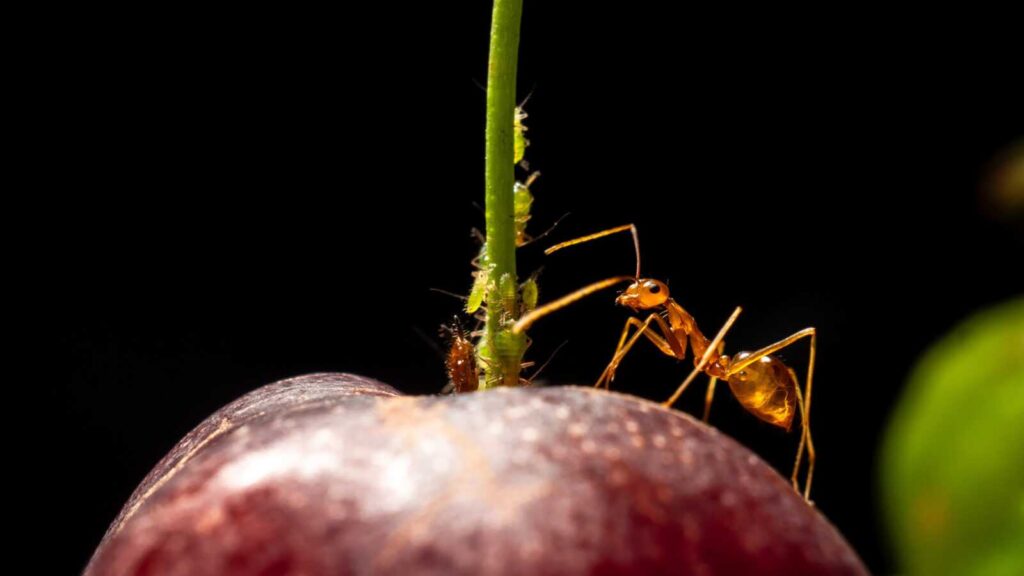
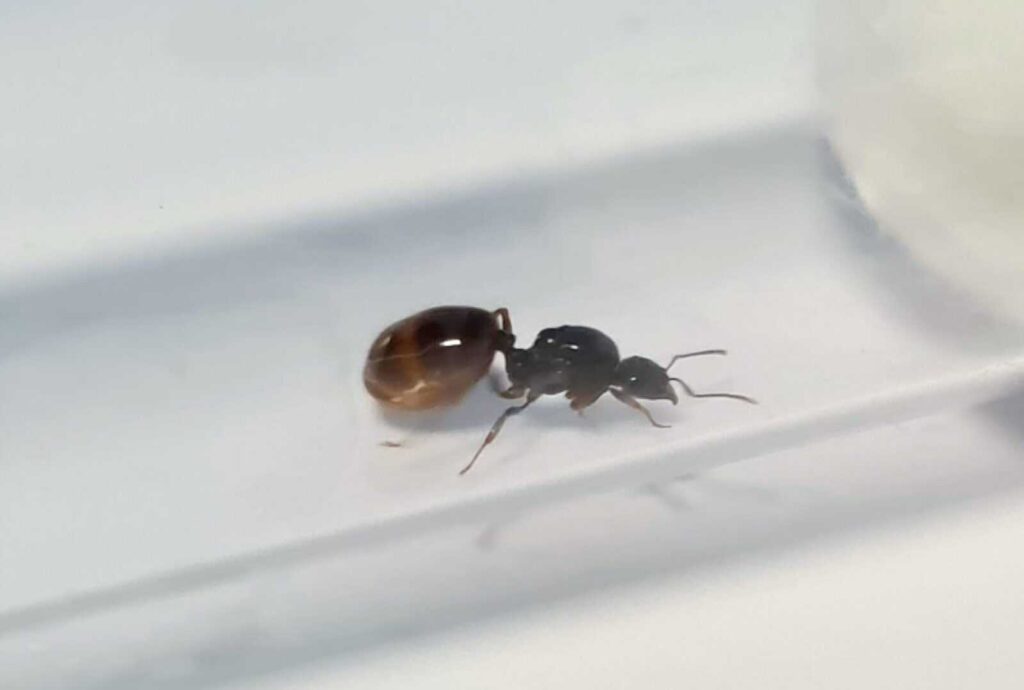
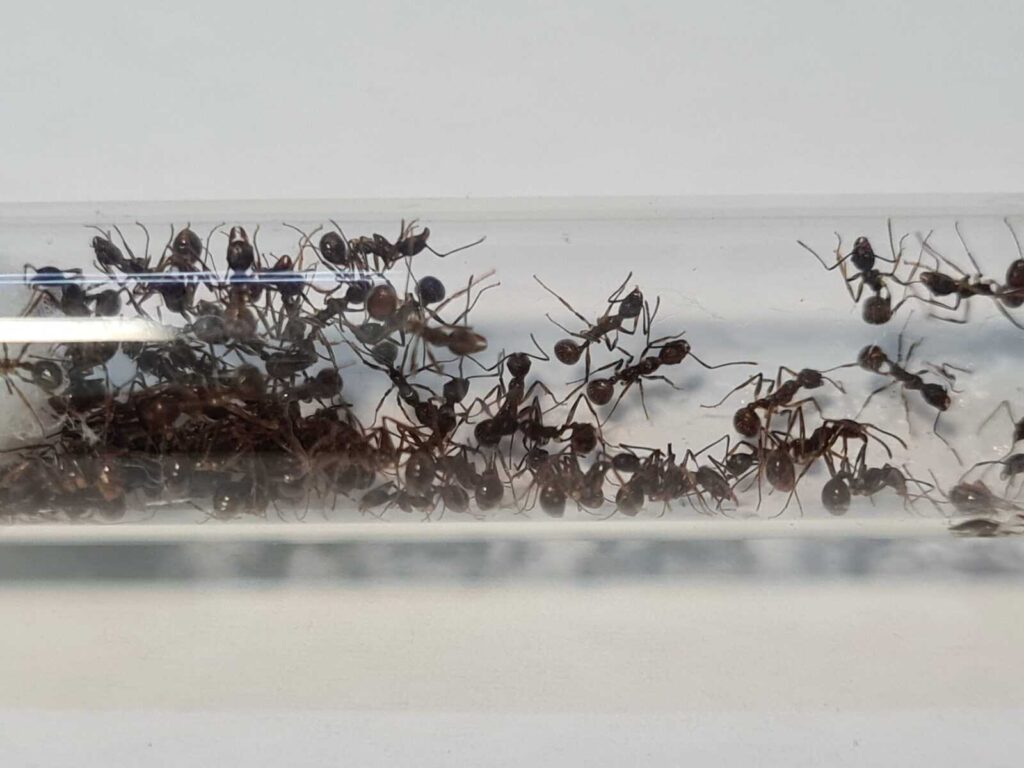

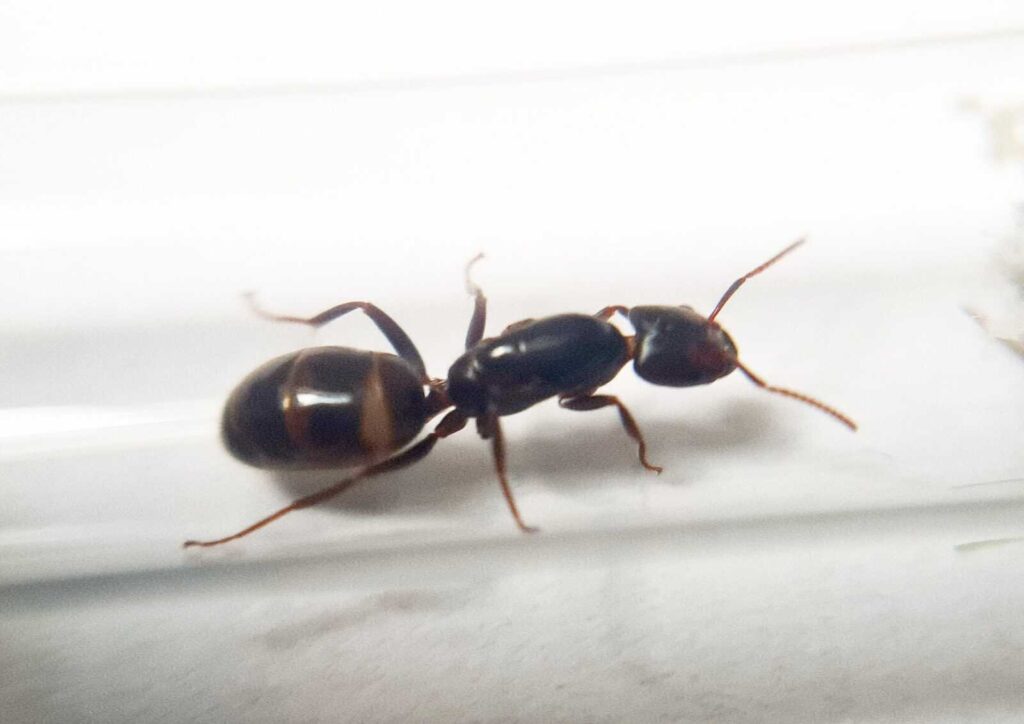


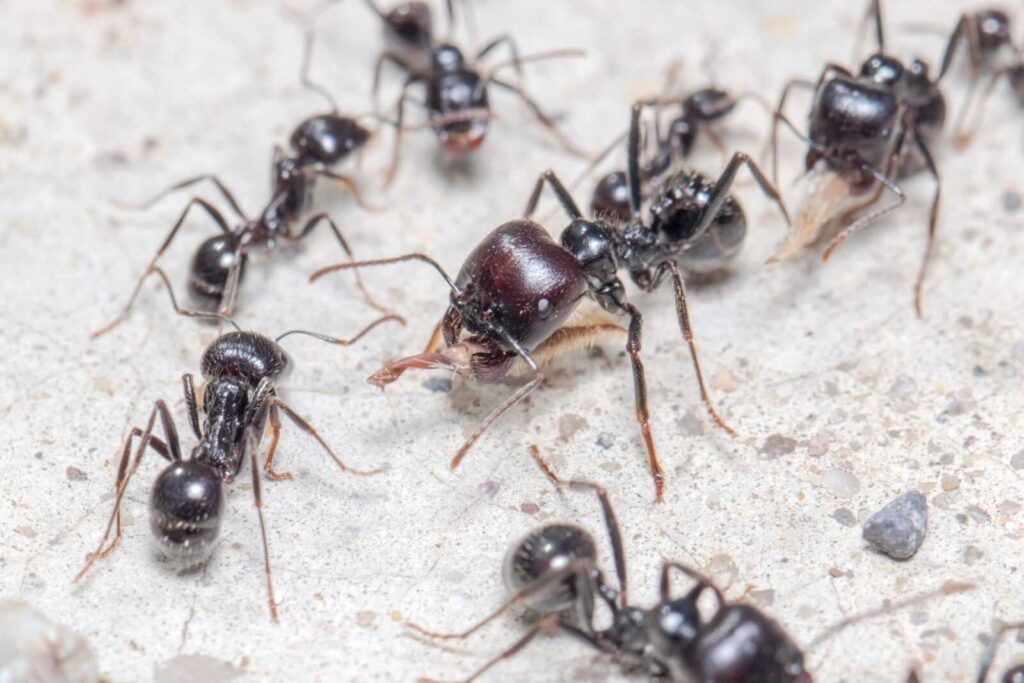


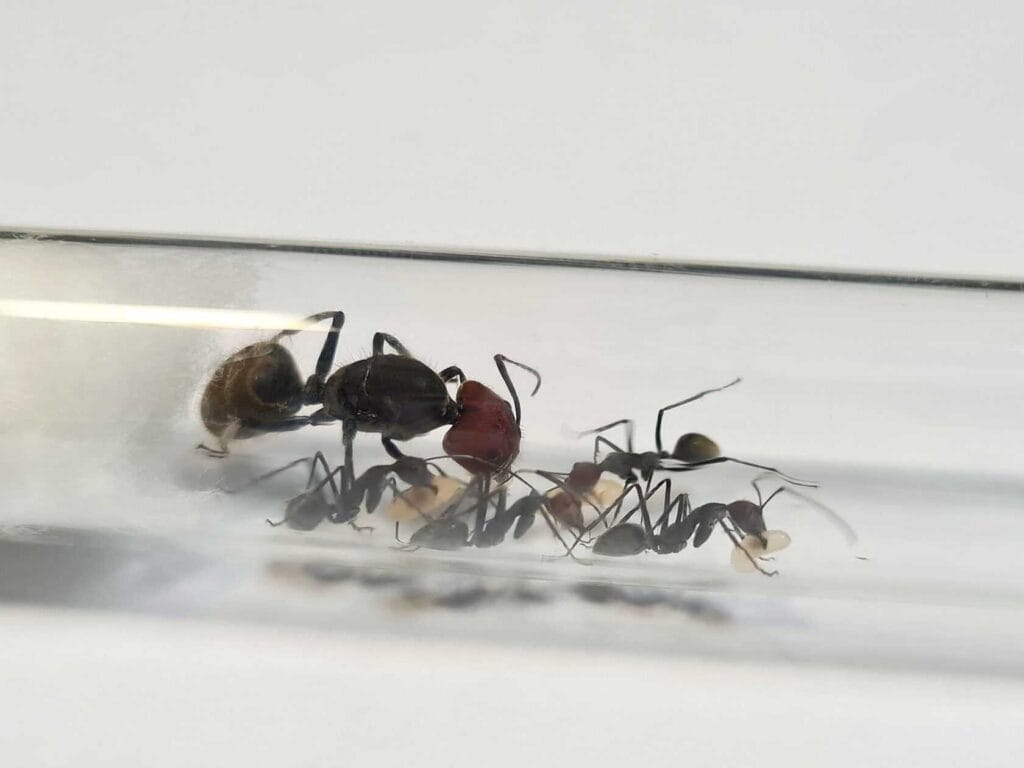


Reviews
Clear filtersThere are no reviews yet.